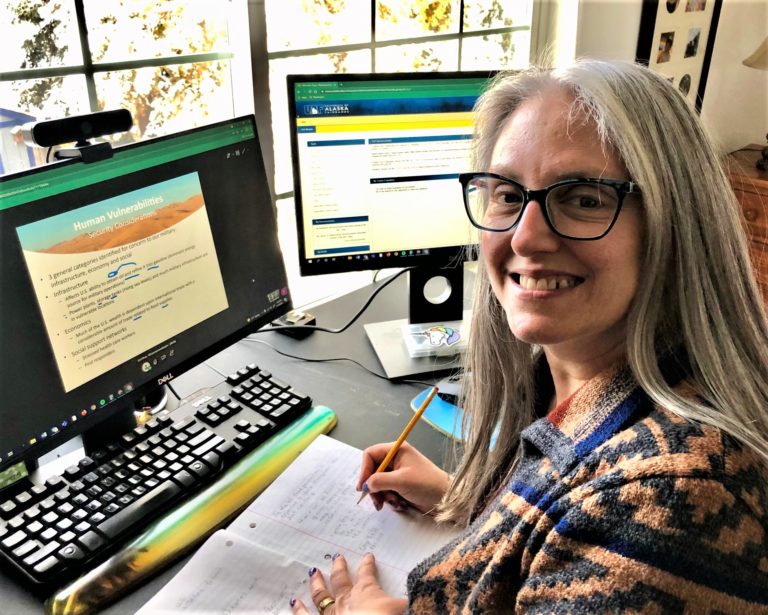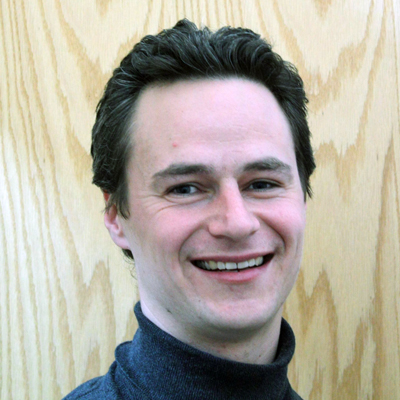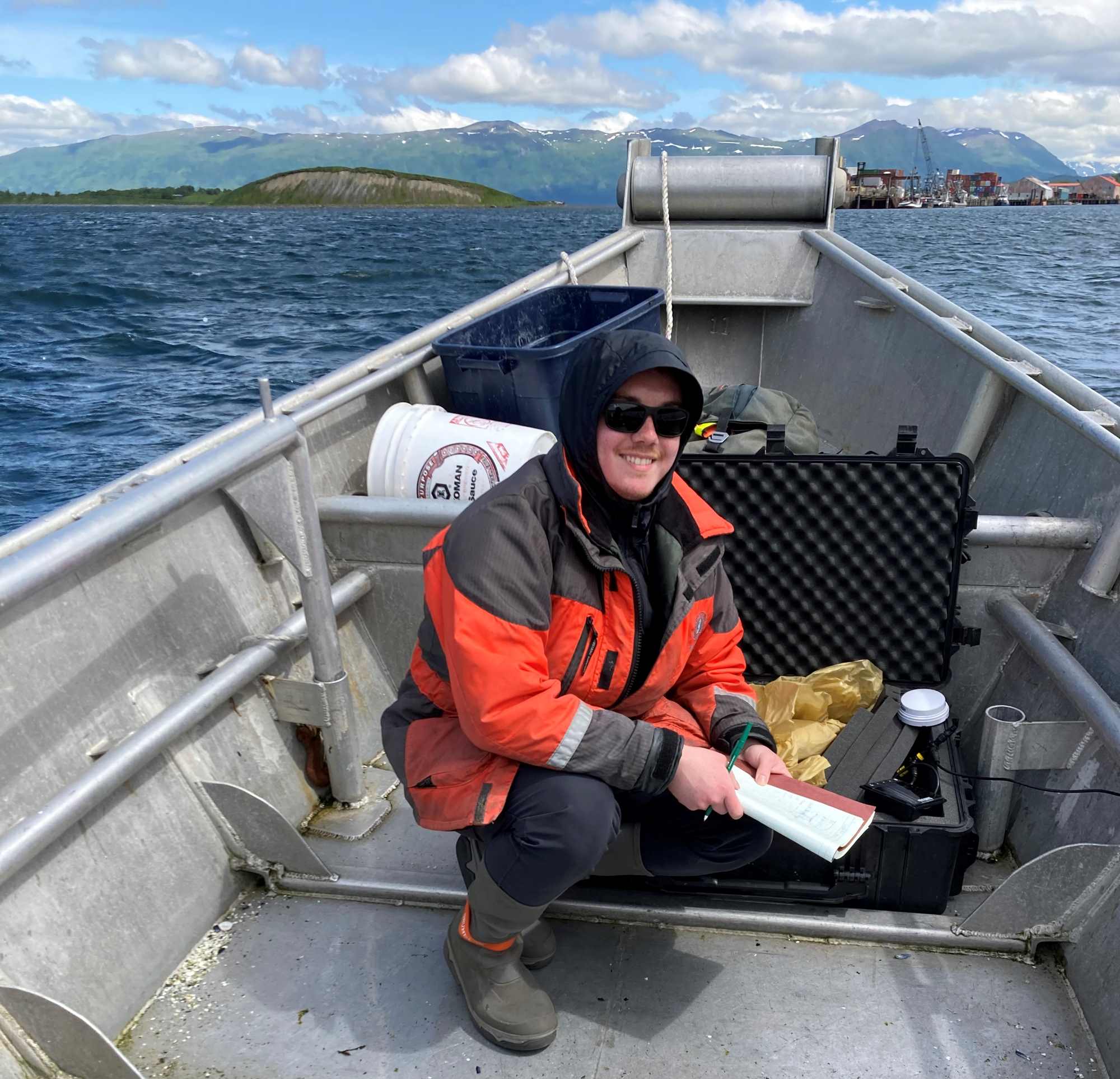Sustainable Energy
Occupational Endorsement in Sustainable Energy
Call 907-842-5109 or toll-free at 1-800-478-5109 for more information about our program including how to register for upcoming courses!
Apply here!About us
Join the clean energy revolution in this cutting-edge program that explores sustainability and energy conservation solutions that positively impact both rural and urban Alaskans. Energy use, and cost, impacts everything we do, from home life to community health. Understanding these connections is critical as we transition to clean energy systems.
Whether you like to program computers, install solar panels, design buildings, retrofit homes, develop projects or make local policy, this program will give you the opportunity to apply your skills toward improving energy efficiency and developing local renewable energy systems.
Classes are available both online and face-to-face. We offer classes as dual-credit (high school and college) opportunities through the Bristol Bay Region Career and Technical Education program. We also partner with UAF Alaska Center for Energy and Power, as well as high school teachers statewide, to deliver additional classes related to home energy and electric utilities.
Rural Alaskans have the highest energy costs in the nation and are the most directly impacted by climate change. The sustainable energy program is designed for anyone seeking to reduce energy costs, help mitigate impacts of climate change, and get involved in the transition to ecologically sustainable communities using energy from local and renewable resources.
Research
The Bristol Bay Campus conducts sustainable energy research that is beneficial for the region and creates opportunities for students. Our research areas include building efficiency, green energy in mariculture, and responding to climate change. Recently, students participated in research addressing vacuum insulated panels (a novel strategy for achieving super-insulated buildings with thin walls), electric powered ferries and measuring fuel use at oyster and kelp farms. The research conducted by the Bristol Bay campus aims to create new opportunities within our region while decreasing energy costs.
Sustainable Energy in the News

Tracy Lohman, development director of Trustees for Alaska, recently published a blog sharing her experience in Climate Change in Alaska, a course taught by Eric Goddard at the Bristol Bay Campus.
Read more about her experience here.
Dr. Thomas Marsik was featured in ACEP Feature in a Nutshell to explain his collaborative work in sustainable energy to help make Alaska homes healthier through air exchange without compromising the indoor heat to the outside temperature.
Our previous assistant professor Mark Mastellar shares more about the Occupational Endorsement in Sustainable Energy.
Contact us






